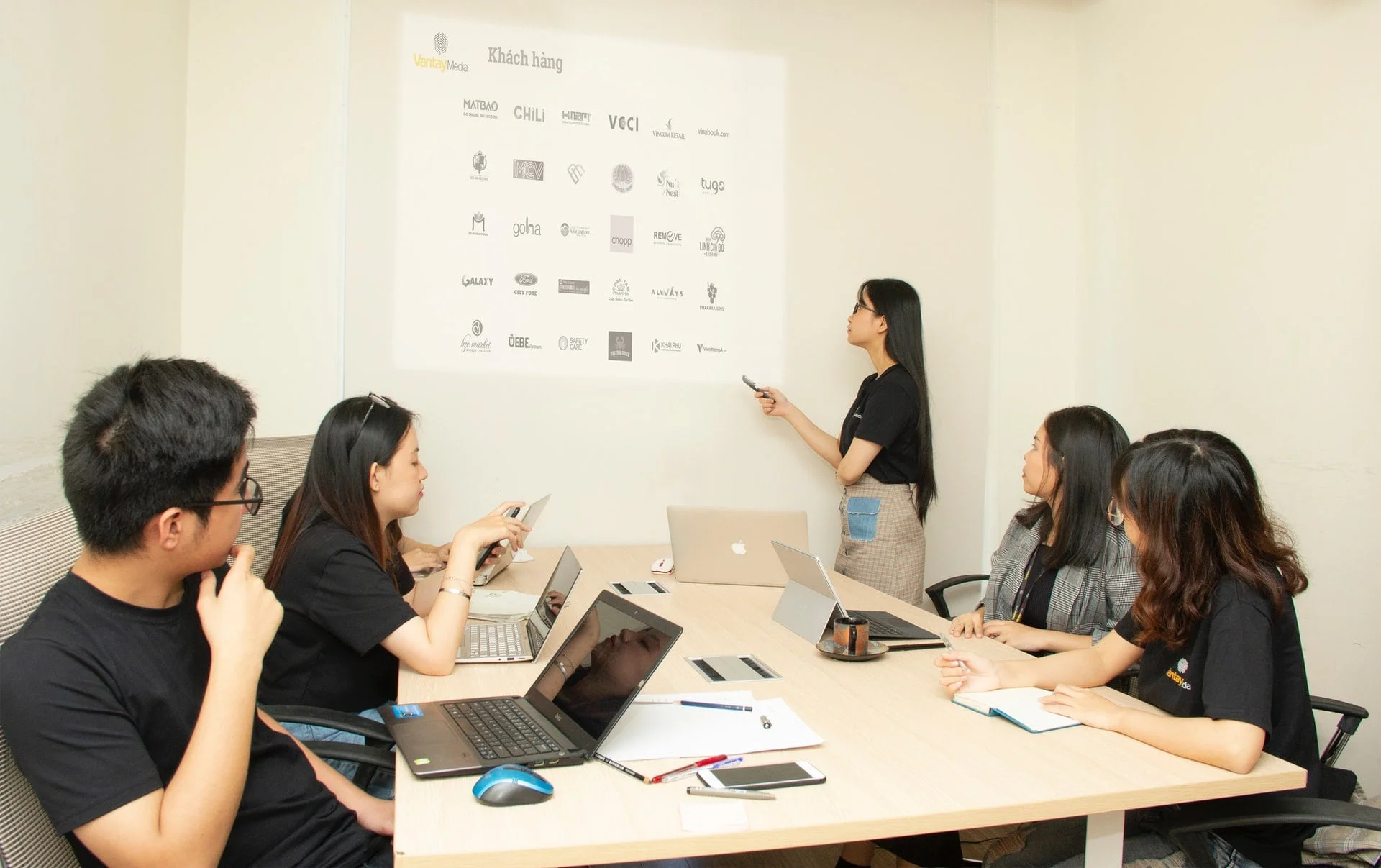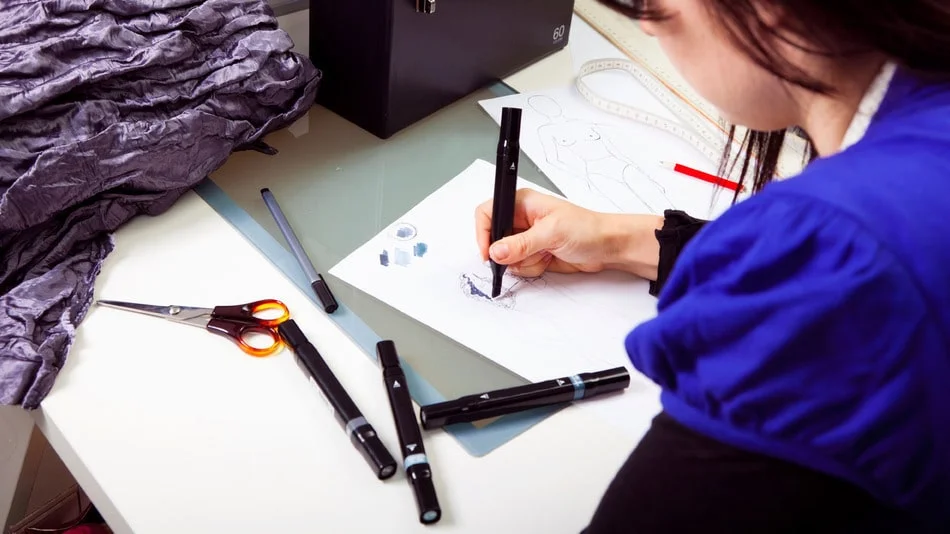Do you really need a business plan? No, you don’t. At least according the Lean Startup method developed by Eric Ries. But beware - that’s only half the truth! Learn more about minimum viable products, agile development and customer-focused evolution - and how to adapt the Lean Startup method to your own small business – even if you’re way past starting out.
Better, faster – Lean Startup
Making better and faster business decisions: That is the promise of the book “The Lean Startup” by Eric Ries (2008), where he described the principles of the Lean Startup method. Instead of launching a business or product after doing extensive (and expensive) research and testing, business ideas are to be developed on the go. Going live with a minimal viable product, proposing it to customers and adapting it according to their real needs – that’s the lean way to success.
1. Write The Perfect Business Plan
How to write the perfect business plan? Don’t do it. Don’t spend your energy on creating extensive business plans that might or might not become true. As Steve Blank writes in Why The Lean Startup Changes Everything: “Business plans rarely survive first contact with customers.“ But beware: Abandoning the business plan does not mean losing sight of markets and finances – any business has to be on top of their funds, just as any small business must know who it is competing with. Rather, it means to embrace the uncertainty of the real world. Because, well, who’s to know what the future holds? More often than not the traditional 5 year business plan is pure fiction, and it will be adapted and changed a thousand times along the way. Because you never know what will happen until you’ve tried.
2. Don’t Wait For Perfection – Go Live With An Imperfect Product
Lean startups start with the minimum viable product and make it perfect on-the-go. Actually, this goes for any new product or strategy you might be working on: Don’t hide your product from the public until it is perfect, because it might only be perfect in your eyes.Don’t waste your time and money with market research and pre-launch surveys that might or might not be answered truthfully. Instead, go live with the imperfect but viable product and then learn from its mistakes. Make it better and better on the way, and keep on fine-tuning your ideas. Trends and technology change so fast, and this way you don’t risk swooping in too late. A nice side-effect of starting out with an imperfect product is that your funding needs are smaller, too; once you have your proof of concept, and maybe even a growing client-base, it will be a lot easier for business angels to spread their wings and make your business soar.
3. Shift Your Focus To Your Costumers. The Real Ones.
The big shift of going lean is to create a product together with the consumers. Doing market research and defining target groups are very well, but what if your assumptions are wrong? Lean Startups do what they call “customer-focused evolution”, focusing on real customers instead of abstract markets. One by one, they develop their products and grow their business. What if the hot new app you designed for teenagers could actually make granny’s life easier, too? What if the online shop loses customers because of a complicated payment process, and not because of the products it sells? Go out and ask people for what they really want – and make sure to ask the right questions. Even if the answers might hurt. Look at it this way: For an unspecific question like ‘What kind of blog would you like me to write?’, the answer will be very unspecific, too (if there is any). If, on the other hand, I ask you: ‘What do you dislike about this blog you are reading right now?’, you have a specific product to think and talk about – and we can get to work and improve.
4. Stay Agile. Always.
Don’t get stuck in complicated and inefficient workflows. Really: If it doesn’t work, change it. The Lean Startup method adapted the principles of agile development that until then has been used by software designers. One of the key strategies of agile development is to deliver early and keep improving on the way. Agile development sees process not as a straight development but as evolution, continuously adapting products to their ever-changing environments. Failures are part of the process and to be embraced as the only way to achieve highest possible quality. To be able to do that, you need to have short decision-making paths, good communication – and a team where people are always on top of what’s going on.
Going lean does not necessarily mean cutting costs and keeping teams small. Instead, it means embracing uncertainty and failures as part of your business – and that is true for any business, young and old.
How did Samuel Beckett put it?
“Ever tried. Ever failed. No matter. Try again. Fail again. Fail better.”
Let’s fail better together!
zistemo
PS. Now I’m curious: What did you not like about this blog? Let me know!





